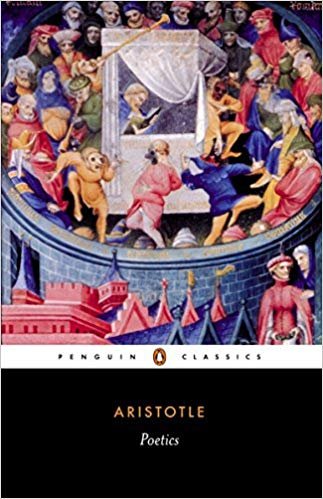Using physical descriptions to create emotional reactions in the reader
Regular blog readers have seen my reviews of writing books. I distill these readings into easy to use and remember storycrafting and storytelling chunks and will share my learnings in this blog.
Writing what I’m learning, explaining it, helps me understand it. Or let’s me know I don’t. Please feel free to comment and let me know when you’ve got something different. The whole point of this exercise is to learn!
Atmosphere is the presenting of physical details so as to create an emotional reaction in the reader. Emotional reaction is what allows the reader to identify and empathize with characters in the story.
Consider the line “Eric stopped as Julia entered a copse of ancient, dark boled trees” from a horror story I’m working on.
The details relevant to Atmosphere are “stopped” and “a copse of ancient, dark boled trees.” The word “stopped” tells us Eric doesn’t want to do something and what he doesn’t want to do is follow Julia into “a copse of ancient, dark boled trees.”
I hope readers experience some tension, some foreboding, and at the same time want to read more to learn 1) why Eric stops and 2) what happens to Julia in the copse. People have walked among old trees and loved the experience. But chances are people enjoyed walking in a brightly lit forest, sunlight streaming through the leaves of ancient trees or perhaps a forest rich with the sounds and scents of wildlife nesting in old trees or maybe a woods with rustling leaves and grasses guiding travelers on their way.
Such descriptions are longer than a copse of ancient, dark boled trees and intentionally so. I kept the phrase a copse of ancient, dark boled trees short to create a sense of confinement, entrapment, to make readers ill-at-ease; all emotional responses to physical details.
Creating reader emotional reaction is important to successful fiction and non-fiction writing. You want the reader involved, engaged. A bored reader stops reading your book and worse, won’t buy another one you’ve authored. An unengaged reader doesn’t care about your characters, your plot, your story, and ultimately, won’t care about you as an author.
The line Eric stopped as Julia entered a copse of ancient, dark boled trees should make the reader sympathize more with Eric than Julia because Eric is showing caution while Julia is entering that copse of ancient, dark boled trees and people (in real life) tend to favor caution.
Greetings! I’m your friendly, neighborhood Threshold Guardian. This is a protected post. Protected posts in the My Work, Marketing, and StoryCrafting categories require a subscription (starting at 1$US/month) to access. Protected posts outside those categories require a General (free) membership.
Members and Subscribers can LogIn. Non members can join. Non-protected posts (there are several) are available to everyone.
Want to learn more about why I use a subscription model? Read More ch-ch-ch-ch-Changes Enjoy!



